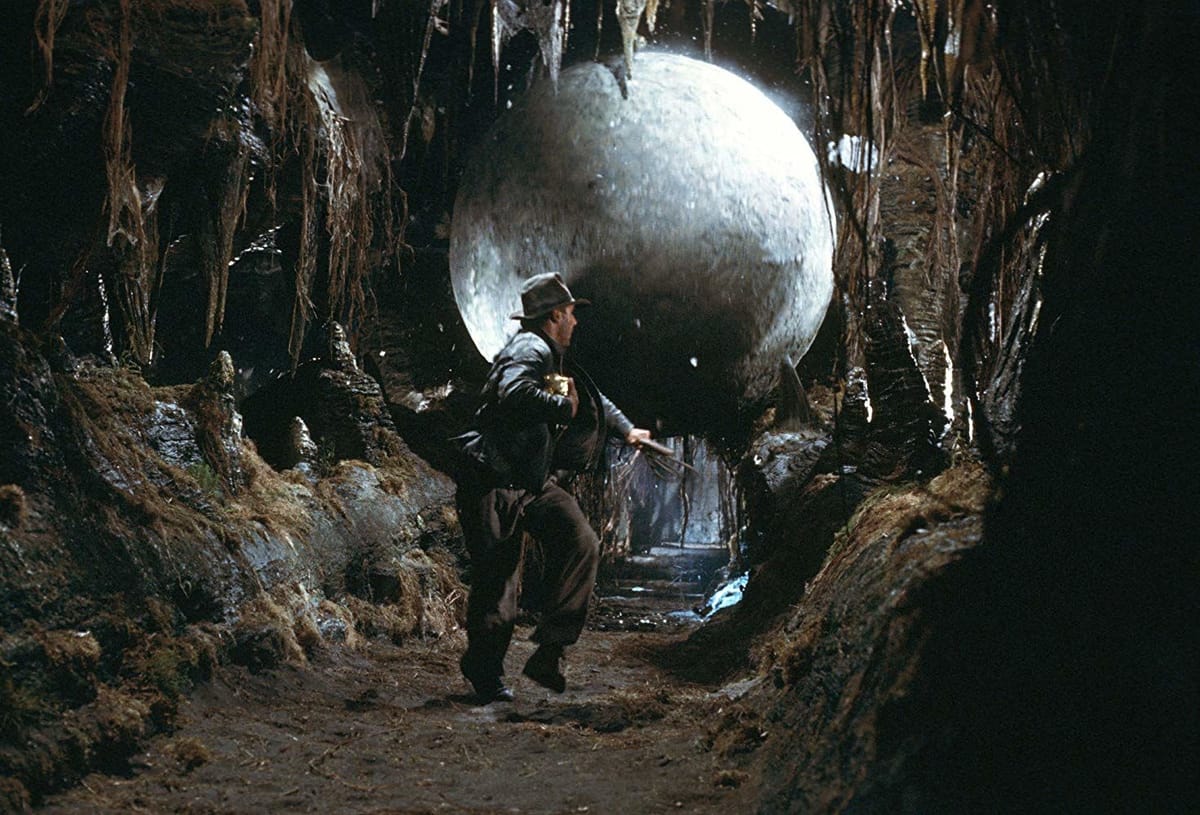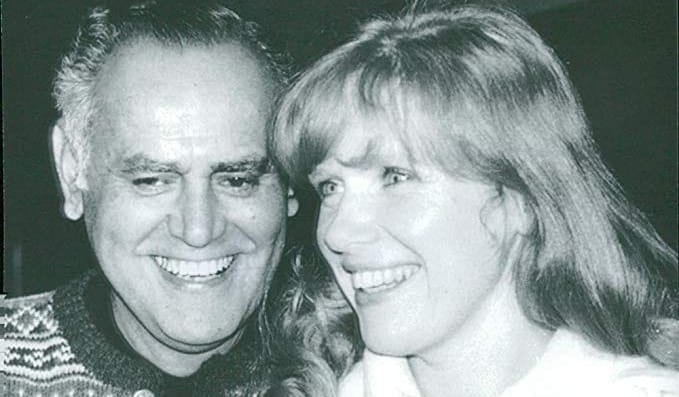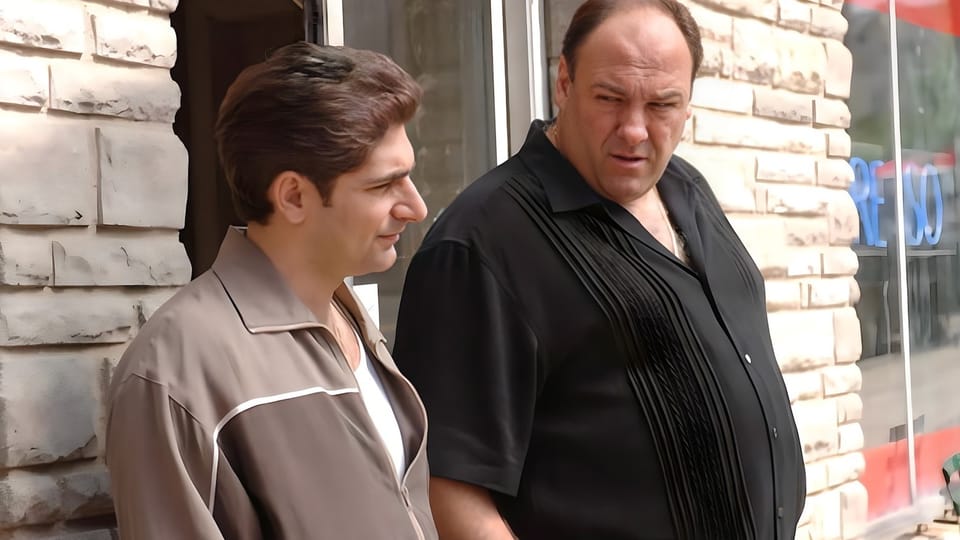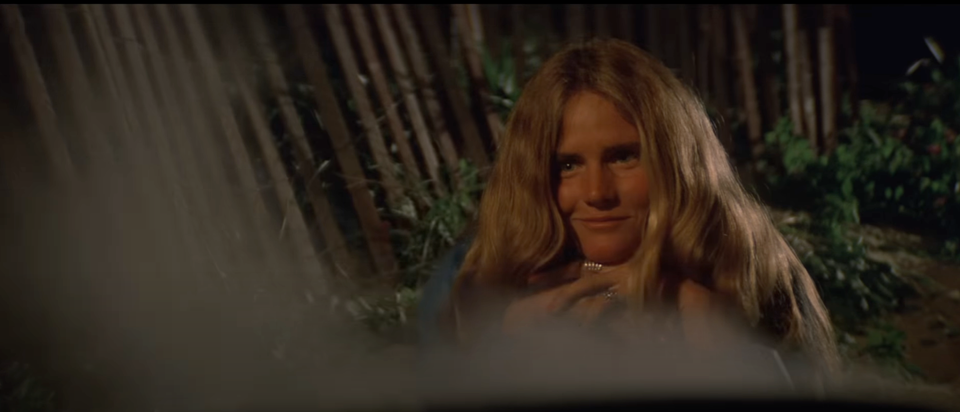Juice up scenes with YES/NO.
So much of the screenwriting I read just kind of moves along. t's all very polite. No bad pages. But there aren't any great scenes, either.

The Story and Plot Weekly Email is published every Tuesday morning. Don't miss another one.
So much of the screenwriting I read just kind of moves along.
Something happens, then something else happens. It's all very polite. No bad pages.
But there aren't any great scenes, either. You need great scenes. You gotta make a meal of those moments.
We need scenes that make us FEEL something. Because that's what we are here to do. We want the audience to feel something.
And when we're done, all those small moments, all those big moments, they will create something worth even more than the sum of its parts.
It's our job to give the audience (and the reader) something to remember.
Every scene should be compelling to watch in its own right.
The plot is not enough. You need to know why a scene is interesting.
I have written before about the Late Night Talk Show Test.
It's a silly test that imagines a nationwide audience watching this scene and this scene only.
Is this scene engaging enough that the audience will want to see this movie?
Not every scene can be great. But they all have to be good.
And none can be bad.
Never write a scene just to get to the next.
Know what makes this scene compelling, and don't skip past this answer with, "It's funny" or "It's scary."
WHY is it funny? WHY is it scary?
Here, we are interested in the mechanics of a scene and how it generates emotion. That is, why is it funny? What generates the humor? Why is it scary? What generates the scares?
Most of all, how do you orchestrate that emotional journey?
Some familiar concepts.
First, a reminder of the three elements of drama.
- Someone wants something.
- They're having trouble getting it.
- Something will happen if they fail.
Awesome. Basic stuff.
Why is it basic? Because almost everything comes down to those things. Including our emotional response.
What we are rooting for defines the emotion.
Say a character wants something in a scene. They strive for it. There are stakes to it. It's hard to get. And the "having trouble getting it" is where we explore the YES and the NO.
For example, a character gets in a fight. They want to win this fight.
We are either rooting for them or rooting against them.
Anything good that happens is a YES.
Anything bad that happens is a NO.
Based on what we are rooting for.
A classic example.
I am going to try something a little different here with a video.
I have labeled each YES and NO in a 2 minute excerpt from the first sequence in RAIDERS OF THE LOST ARK.
Indy WANTS the idol. And he WANTS to live.
We are rooting for him to get these things, so anything that moves him closer to them is a yes, and anything that moves him away them is a no.
So, watch these 2 minutes.
The YES/NO's in the opening scene of RAIDERS OF THE LOST ARK.
I saw Raiders in the theatre when it opened because I am old. And I REMEMBER my emotional responses and the audience's.
Spielberg played us like a fiddle, and we loved it.
How much I hated that guy that left Indy to die!
I NEVER forgot that moment when the vine gave. The audience loved it.
Here it is as a GIF that shows the YES/NO of that moment.
He's going to fall! NO!
He grabs the vine! YES!
The vine gives! NO!
Note something here: Look at the emotional reactions on the characters' faces! See how much that affects us in return?
The reaction shot evokes so much emotion, and we often forget this in our screenwriting. But that is a topic for another week.
I'll link the full video of the scene later in the email.
It's not just action.
Action scenes are easy examples because they are so tangible. This is why we often use terms that seem to imply action, such as "The Final Battle" and "Drive to the Finish."
But none of what I talk about applies to just action.
The YES/NO question also applies to comedy scenes, quiet character scenes, courtroom scenes, and coming-of-age scenes.
It applies to all of these scenes because it applies to drama.
Two characters battling over their divorce will have that back and forth, and what we consider YES and NO is based on what we are rooting for.
I use the dinner scene from AS GOOD AS IT GETS in my UH classes. It's two people trying desperately to have a nice dinner, but they can't seem to make it work.
It's filled with YES, NO, YES, NO. Just two people at dinner with a dude doing and saying all the wrong things but some of the right things, too.
YES, NO, YES. NO.
Exercise #1.
Rewatch a film you saw recently. Grab any scene from it.
Break the scene down. What does the character want? Why is it hard to get? What are the stakes?
What does the audience want to see? What are we rooting for?
And then look for the YES-NO.
The faster-paced the scene, the more YES-NOs you're likely to get. The slower, more deliberate-paced scenes will have fewer.
But identify them. Write them down on a sheet of paper. What is our emotional response?
Exercise #2.
Do the same thing with something you have written. Take a scene from your current project.
Does the scene have an emotional ride? Or is it all one note? Perhaps not even emotional at all, and just plot?
What generates tension in the scene? And do you massage it with emotional YES-NOs that the character and the audience are reacting to?
The Story and Plot Weekly Email is published every Tuesday morning. Don't miss another one.
When you're ready, these are ways I can help you:
WORK WITH ME 1:1
1-on-1 Coaching | Screenplay Consultation
TAKE A COURSE
Mastering Structure | Idea To Outline




